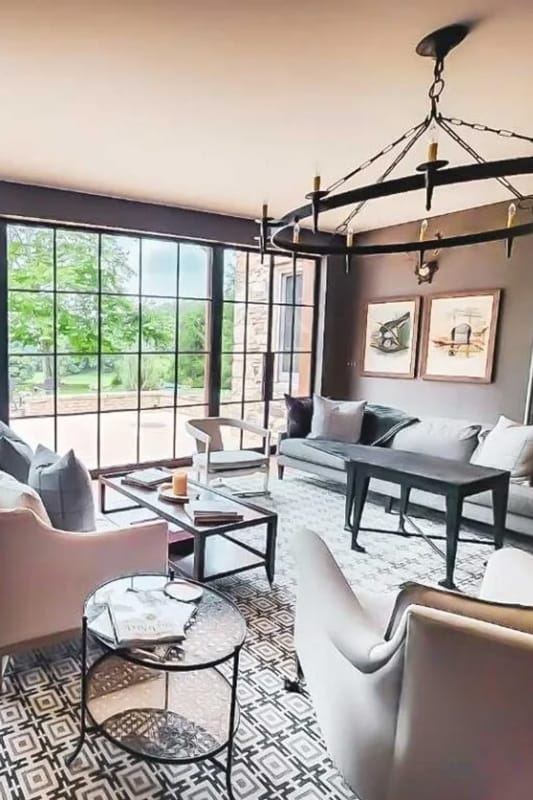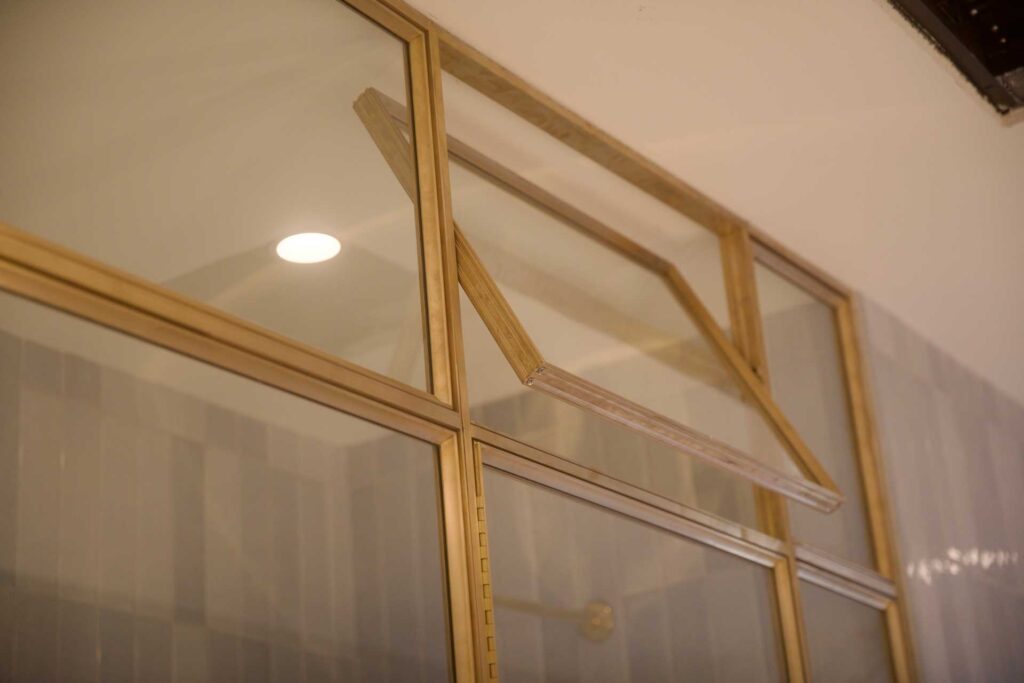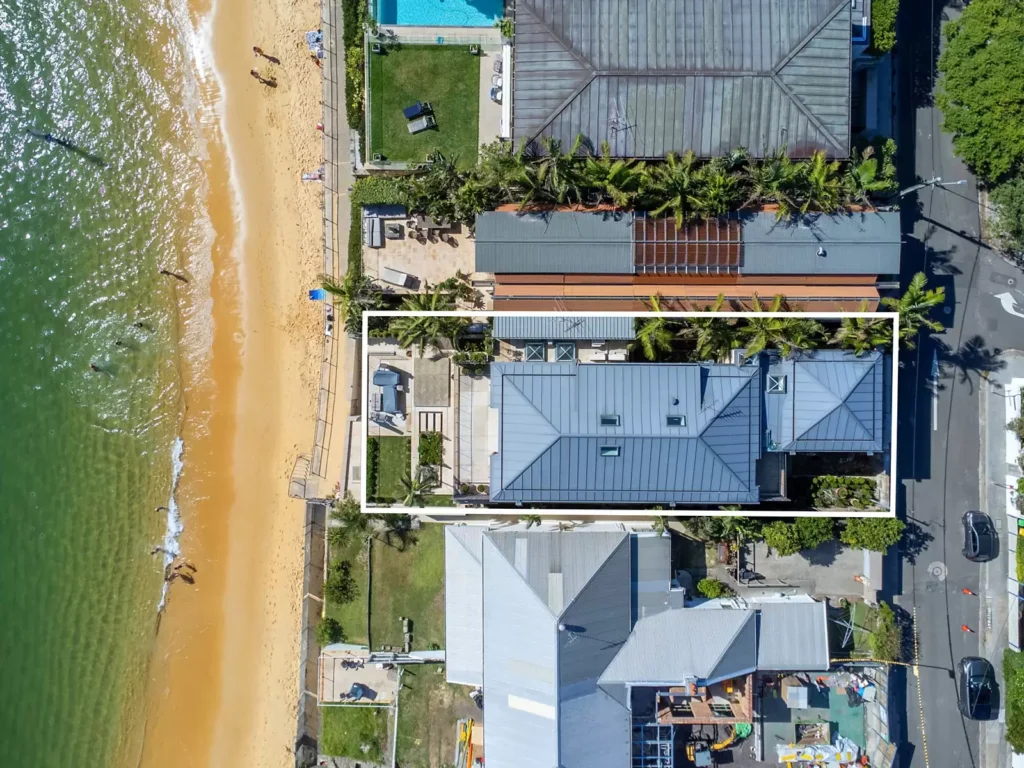When selecting the most appropriate fenestration system for a luxury new build home or restoration project, design professionals and homeowners have many options available to them, and varying parameters they need to work within.
Wood, steel and aluminum windows are all viable alternatives to bronze – and even within the realms of bronze manufacturing, you’ll find many different manufacturers, all with their own promises and selling points.
So how do you know that bronze windows truly are the right choice for your project? And when selecting a bronze window manufacturer, what questions should you be asking to make sure you get the very best? In this blog, we’ll be comparing bronze windows with some other luxury materials, as well as exploring the key features that we believe define a truly ‘luxury’ bronze window.
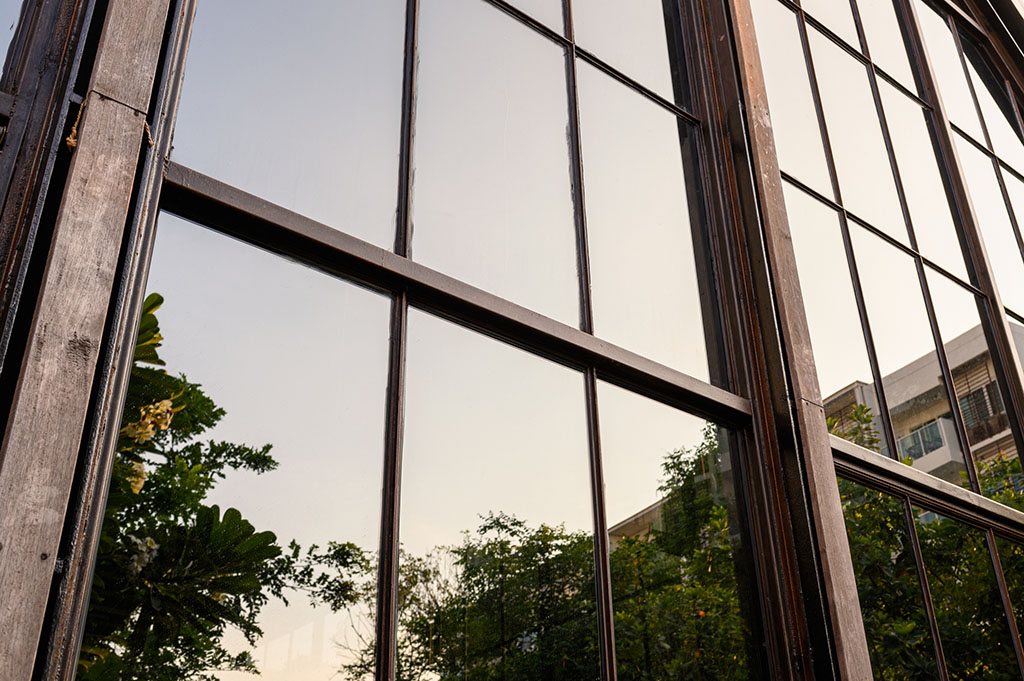
Bronze vs wood windows
Wooden windows have a rich history dating back many centuries, having been used by the ancient Romans as well as during the Middle Ages and the Renaissance, when they took over from cast iron windows. Wooden sash windows first became popular around the 17th Century, and advancing technology in the Industrial Revolution meant they took over from metal windows for a time, being cheaper to make, lighter to transport and easier to machine using the latest machinery.
Restorations of properties dating from this period (and reproductions of these architectural styles) very often have wooden windows, replacing like for like and staying true to the original design aesthetic.
Wooden windows have some key selling points; they are very insulating, relatively affordable and the techniques used to make them ensure they are structurally very strong. However, they also have some drawbacks.
Compared to metal, wood is a relatively weak material and so wooden windows require much thicker frames in order to provide the same strength – there’s no such thing as wooden windows with narrow sightlines! Wood windows are also highly vulnerable to moisture, which means that even with regular, laborious maintenance (such as painting) they will eventually rot, with an estimated lifespan of around 50 years for hardwood windows.
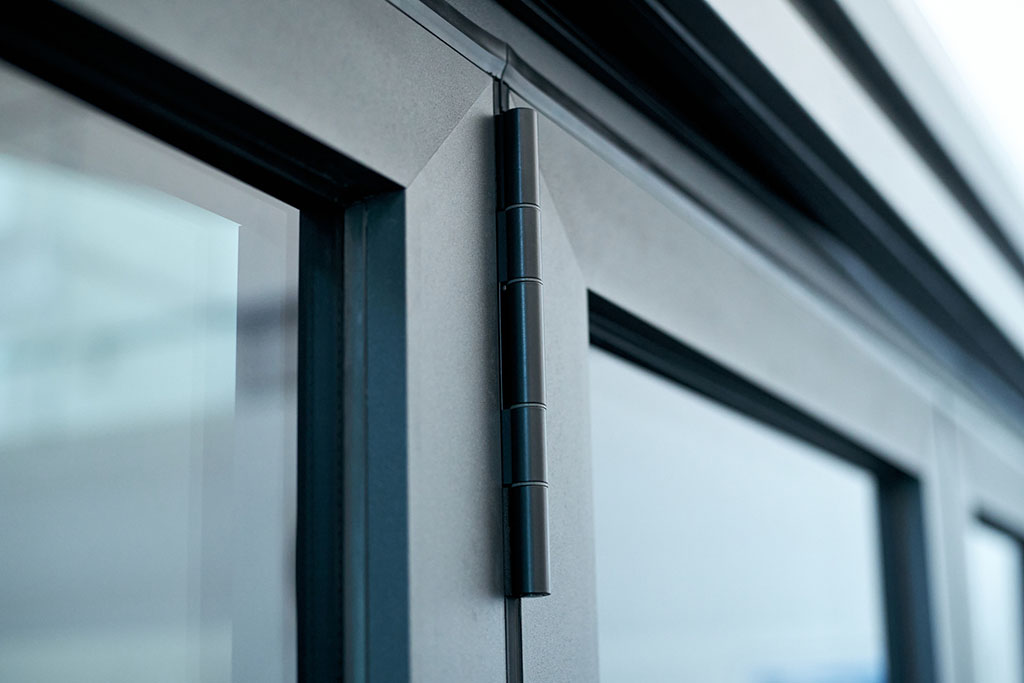
Bronze vs steel windows
Steel windows surged in popularity after WW1 when a shortage of timber meant manufacturers had to look for a new material. By the 1930s, they had become a hallmark of modernist architecture and are still regarded as a design classic today.
Like bronze, steel windows offer narrow sightlines and a classic ‘factory look’. However, they have some significant drawbacks; steel is extremely prone to corrosion, so it must be galvanized, which is a dirty and expensive process – and even galvanized steel will rust out in a relatively short time if not protected with paint or powder coating.
The expected lifespan of galvanized steel windows is around 75 years – with bronze capable of lasting at least twice as long, even in coastal locations. Furthermore, steel is too hard to be extruded, and must be rolled instead, which limits its design versatility and makes custom manufacturing both difficult and expensive. A full exploration of the differences between bronze and steel windows can be found in this blog.
Bronze vs aluminum windows
Aluminum windows became popular post-WW2 because they were cheap to manufacture and offered robust, low-maintenance performance at a time when lots of affordable homes were needed, and fast.
As well as being affordable, aluminum windows are light in weight and long-lasting, with narrow sightlines that look elegant. With their low iron content, they’re resistant to rust – but without protective powder coating, salty air can cause a problem with ‘pitting corrosion’ that damages the surface appearance, causing small holes or pits to appear.
Aluminum windows are also poor insulators – their high thermal conductivity mean they conduct heat and cold extremely well, making for high energy costs and an increased risk of condensation.
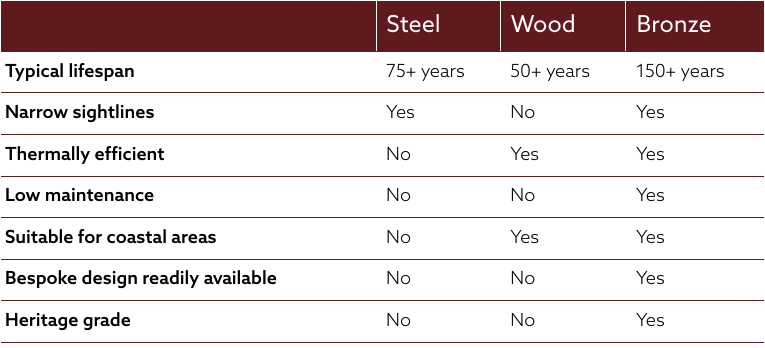
Why choose bronze windows?
The natural durability of bronze windows makes them an attractive alternative to other materials, particularly in challenging coastal environments and on heritage architecture projects where a long lifespan is desirable. We estimate that our bronze windows will last for at least 150 years with minimal care and maintenance, but in reality it could be much longer.
Bronze has some other significant benefits, too. It’s naturally ductile, which means it can be extruded into fine, architectural forms with exquisite detailing – ideal for heritage and reproduction architecture. Even in its most slimline state, bronze is extremely strong, which means bronze windows can provide the narrowest sightlines of any fenestration system – and when coupled with thermal break technology and high-performance glazing, you get 21st century thermal efficiency too.
Questions to ask your bronze window manufacturer
Of course, not all bronze windows are created equal – let’s take a look at some of the key questions you need to ask before choosing a bronze window manufacturer.
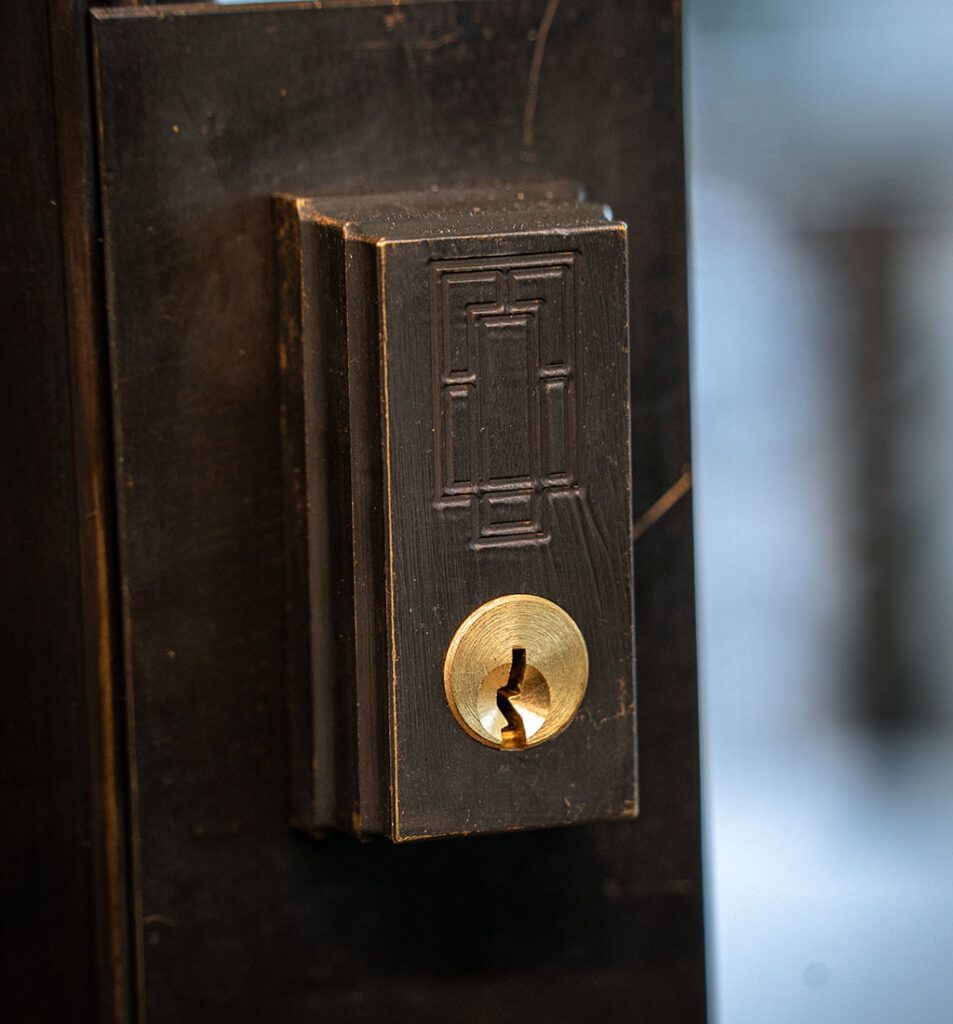
Are the windows made from solid bronze?
As already mentioned, bronze windows offer a host of aesthetic, design and practical benefits – but only if they are actually made from solid bronze. When narrowing down your choice of manufacturer, especially if you’re exploring bronze windows for the first time, beware of telltale words like ‘bronze finish’ or ‘bronze coating’, indicating that the windows are actually made from an inferior material such as steel, that has been bronze plated or painted with a bronze metallic paint. These finishes are not permanent and will wear off over time, exposing the metal underneath and leading to rust and other problems.
You should also be aware that any window frame made using the cold rolling process will be hollow inside, as opposed to solid like our extruded bronze frames. This means they can easily be dented if something impacts them. Solid extruded frames can be refinished many times across their lifespan as your home is updated or redecorated.
You should check that ALL parts of the frame, including the hardware and muntin bars, are also made from solid bronze – if not, they may also rust, or can age differently to the bronze frame, leading to finish discrepancies over time.
Are the windows thermally broken?
Many metal windows, including steel and bronze, are manufactured without a thermal break in the frame. This means that the interior and exterior portions of the frame are in direct contact with each other, metal to metal, which allows heat and cold to be conducted through the frame into, and out of, the building.
As a result, interiors can become unpleasantly hot in summer, and unpleasantly cold in winter, leading to increased energy costs. When warm air inside your home hits the cold window frame, it will condense, causing water to run down the window and pool around the frame, which can damage interior finishes and lead to the development of mildew or mold.
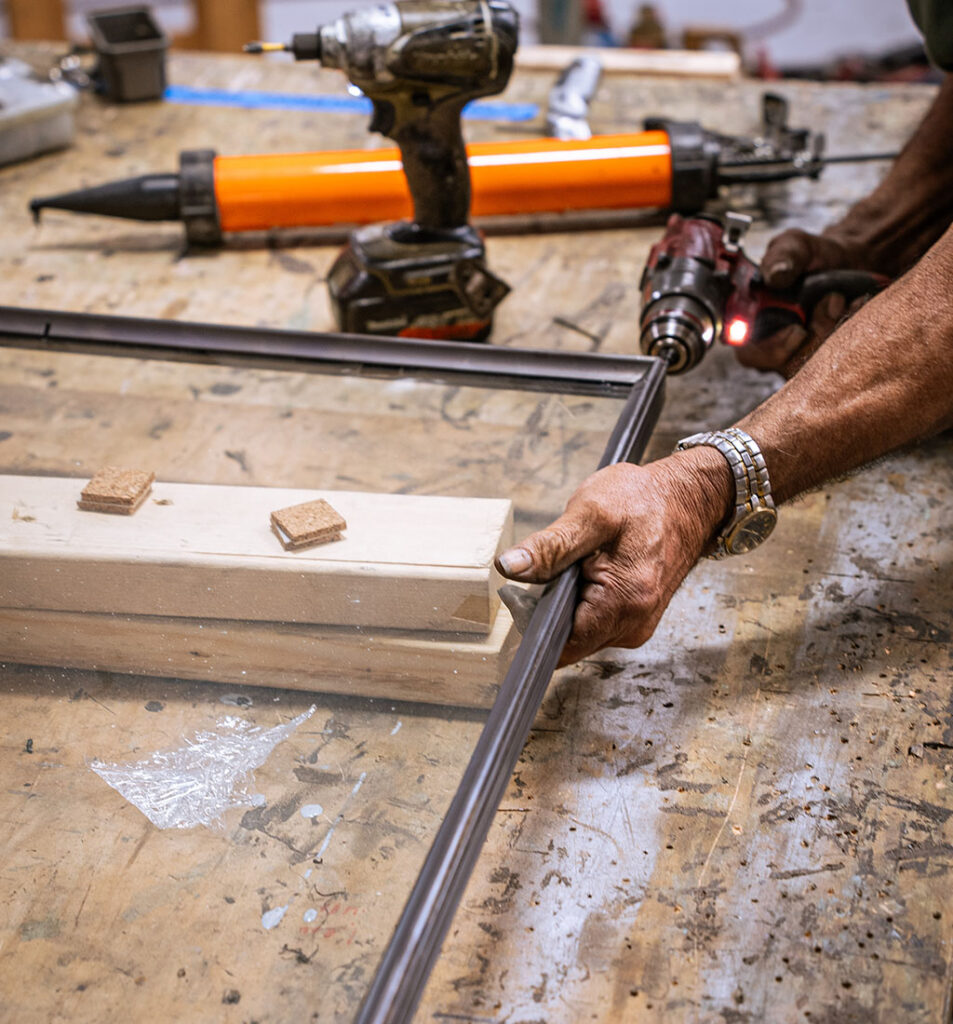
How are the window frames assembled?
The most common method for assembling metal window frames is a hot welding process called brazing, used to join the mitered corners of the frame together. Due to the amount of heat involved, this process can cause warping of the frame, taking it out of square. It can also lead to weak spots in the metal itself, which increases the risk of breaking, bending or cracking later on.
At Renaissance, we instead rely on a process called coping – a technique borrowed from the carpentry trade. The corners of our windows are precision machined so they interlock, creating an invisible join that is held together on the edge with screws. This ensures our windows are always perfectly square, while preserving the structural integrity of the bronze and creating a beautiful, seamless look.

What glazing method do you use?
The method used to glaze a window is just as important as the glass itself – so while you’re checking things like Visible Light Transmittance and energy efficiency, be sure to ask how the glass is installed.
Wet glazing is considered the gold standard because it provides superior structural strength and waterproofing. The alternative is dry glazing, where a vinyl or rubber gasket is used to hold the glass in place – but these can shrink or crack when exposed to the elements, leading to drafts and leaks in the future.
At Renaissance, we wet glaze all of our windows and doors using a structural DOW 995 silicone – and our windows are glazed here in the factory, and shipped to site ready for installation. Having the windows glazed prevents the frames from twisting or warping in transit, and means our customers don’t require a third-party glazing contractor, which reduces risk at the point of installation and simplifies the entire process.
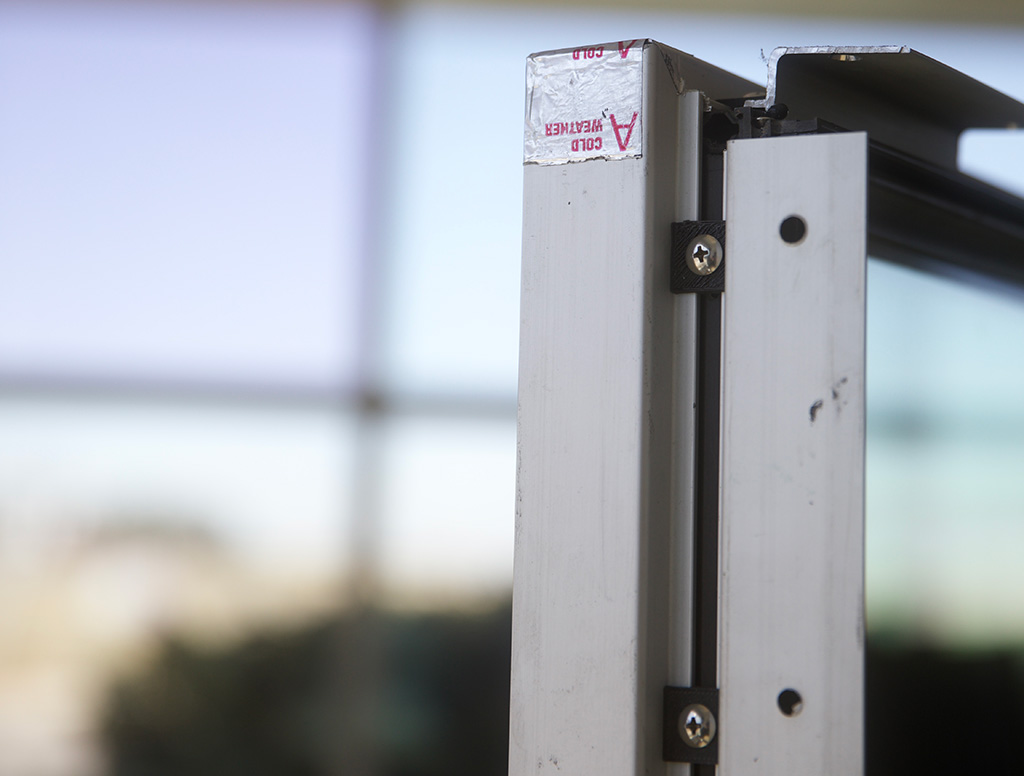
Do the windows come with nailing fins for installation?
A nailing fin is a bracket or flange attached to the frame of a window, that allows it to be securely fixed to the building envelope. Not all windows are fitted with nailing fins – it’s very common for steel and other windows to be fixed simply by drilling through the frame into the wall, and then caulking the window in place to make it weatherproof.
There are a number of problems with this method:
- If you’re paying a premium for windows made from a luxurious and strong material like steel or bronze, it makes no sense to compromise the integrity of that frame by drilling holes in it.
- Using caulk to seal the window means the waterproofing is only ever as good as the caulk, which can shrink or disintegrate over time.
- This method leaves an untidy finish – typically the exterior wall finish will overlap a portion of the window frame because it’s screwed right into the rough opening.
Nailing fins are a far superior way to fix luxury windows in place. The fin attaches to the building envelope before the final wall finish is applied, sealing the window in. With our signature Z-Fin system, it’s possible to fix Renaissance windows directly into the window opening – ideal for creating deep reveals without the need for double framing, or for installing replacement windows. Once the render or final wall finish is applied, the window fixings are invisible and completely protected from the elements.
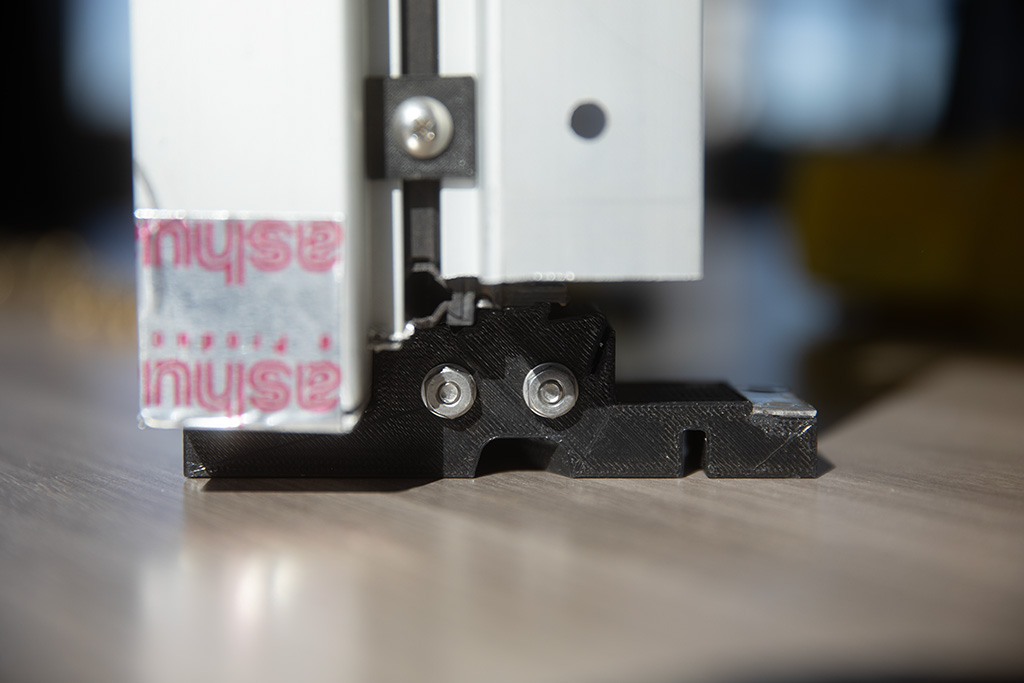
What is the waterproofing system?
Window waterproofing isn’t just about stopping rainwater from getting into your home – it’s also about condensate management both inside and outside. No matter how thermally efficient a window is, it’s impossible to completely prevent condensation from forming inside the glass, especially in bathrooms – and it’s vital that this moisture isn’t allowed to gather in and around the window frame.
Our nailing fins are just one element of our waterproofing system, ensuring a watertight building envelope. They work in conjunction with our patented setting blocks and proprietary copper drain pan system to ensure any moisture that accumulates on the inside of the glass – either from condensation or cleaning – is channelled down the window and out of your home.
Do you offer custom design?
You might assume that when you’re paying a premium for luxury windows, you can have whatever shape, size and profile you want – but this isn’t always the case. With steel manufacturing in particular, you may be constrained by the parameters of standard profiles and the cost of small-batch manufacturing in facilities that typically produce in bulk.
Even with other bronze window manufacturers, it’s important to check they can offer the versatility you need to bring your vision to life, and to understand how much flexibility exists within their design process.
At Renaissance, we offer a completely bespoke, small-batch service that gives design professionals full control in terms of both aesthetics and functionality, albeit guided by our decades of bronze engineering expertise. From uniquely-shaped windows to oversized doors with unusual mechanisms, our design process is as unique as the people we manufacture for.
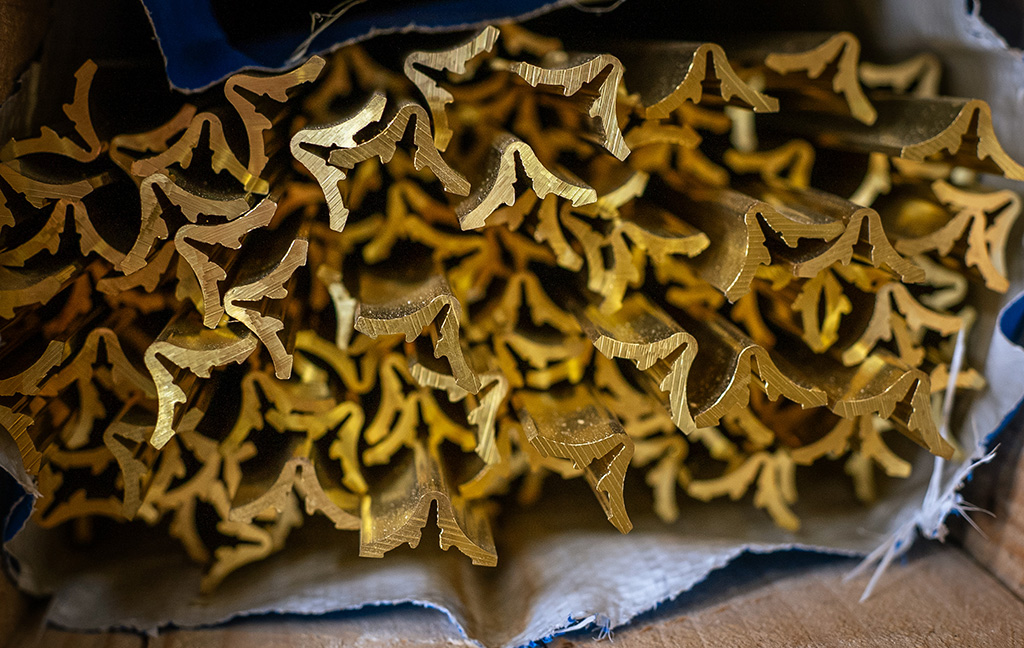
Can I match profiles across other bronze products?
Fenestration is such a huge part of a home’s character, both inside and out – and its power is amplified when the profile of windows and doors can be closely matched to other design elements in the space.
With 107 proprietary extrusion profiles at our disposal, Renaissance can manufacture windows and doors with a very specific look and feel – ideal for creating faithful reproductions of heritage architecture, or simply producing a classic look that will last for generations. We can then match these profiles across other products – whether that’s our wine cellars and shower enclosures, or bespoke design elements including internal doors, room dividers and more.
Before choosing a manufacturer, it’s important to find out how much scope they can offer you to take your project to the next level now, or in the future.
Learn more about our process
If you’re planning a construction or restoration project and think bronze windows might be a good fit, why not get in touch to discuss your vision? We’ll happily walk you through the lifetime benefits of choosing bronze fenestration ahead of other methods, and explain why it’s the best choice for heritage-grade architecture that will delight and inspire for generations to come.
